Related Research Articles

Louis Leo Prima was an American trumpeter, singer, entertainer, and bandleader. While rooted in New Orleans jazz, swing music, and jump blues, Prima touched on various genres throughout his career: he formed a seven-piece New Orleans–style jazz band in the late 1920s, fronted a swing combo in the 1930s and a big band group in the 1940s, helped to popularize jump blues in the late 1940s and early to mid 1950s, and performed frequently as a Vegas lounge act beginning in the 1950s.
Emile Joseph Christian, sometimes spelled Emil Christian, was an American early jazz trombonist; he also played cornet and string bass. He also wrote a number of tunes, including "Meet Me at the Green Goose", "Satanic Blues", and "Mardi Gras Parade".

Albany Leon "Barney" Bigard was an American jazz clarinetist known for his 15-year tenure with Duke Ellington. He also played tenor saxophone.

Barnett, Kyle (2020). Record cultures: the transformation of the U.S. recording industry. Ann Arbor, [Michigan]: University of Michigan Press. p. 42. ISBN 978-0-472-12431-2.

Henry James "Red" Allen Jr. was an American jazz trumpeter and vocalist whose playing has been claimed by Joachim-Ernst Berendt and others as the first to fully incorporate the innovations of Louis Armstrong.

Freddie Keppard was an American jazz cornetist who once held the title of "King" in the New Orleans jazz scene. This title was previously held by Buddy Bolden and succeeded by Joe Oliver.
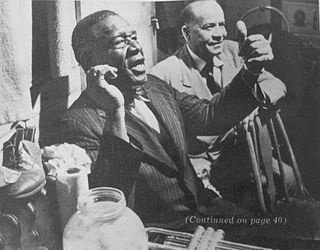
Alphonse Floristan Picou was an important very early American jazz clarinetist, who also wrote and arranged music. He was born and died in New Orleans, Louisiana.

Leon Alexander Anthony Abbey was an American jazz violinist and bandleader.

Camille Lucie Nickerson was an American pianist, composer, arranger, collector, and Howard University professor from 1926 to 1962. She was influenced by Creole folksongs of Louisiana, which she arranged and sang.
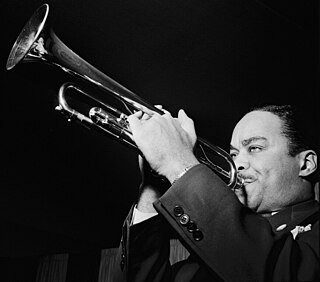
Wilbur Dorsey "Buck" Clayton was an American jazz trumpeter who was a member of Count Basie's orchestra. His principal influence was Louis Armstrong, first hearing the record "Confessin' That I Love You" as he passed by a shop window.
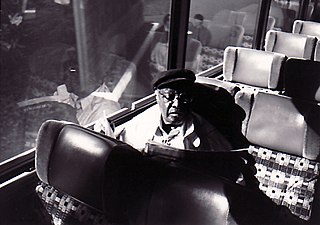
Milton John Hinton was an American double bassist and photographer.
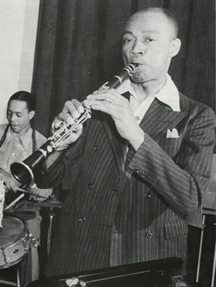
Edmond Hall was an American jazz clarinetist and bandleader. Over his career, Hall worked extensively with many leading performers as both a sideman and bandleader and is possibly best known for the 1941 chamber jazz song "Profoundly Blue".

Louis Hall Nelson was an American jazz trombonist.

Lionel Charles Ferbos was an American jazz trumpeter. He was from New Orleans, Louisiana.
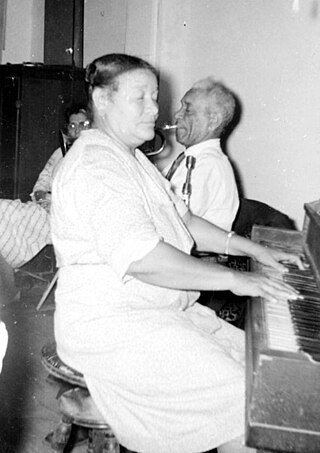
Wilhelmina Madison Goodson, known professionally as Billie Pierce, was an American jazz pianist and singer, who performed and recorded with her husband De De Pierce. Her style has been described as a "potent mixture of barrelhouse, boogie-woogie, and ragtime". After settling in New Orleans in 1930, she played in the bands of A.J. Piron, Alphonse Picou, Emile Barnes, and George Lewis.
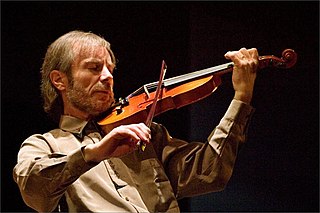
Jazz violin is the use of the violin or electric violin to improvise solo lines. Early jazz violinists included: Eddie South, who played violin with Jimmy Wade's Dixielanders in Chicago; Stuff Smith; and Claude "Fiddler" Williams. Joe Venuti was popular for his work with guitarist Eddie Lang during the 1920s. Improvising violinists include Stéphane Grappelli and Jean-Luc Ponty. In jazz fusion, violinists may use an electric violin plugged into an instrument amplifier with electronic effects.

Charles Davis was an American jazz saxophonist and composer. Davis played alto, tenor and baritone saxophone, and performed extensively with Archie Shepp and Sun Ra.

The history of jazz in Belgium starts with the Dinant instrument maker Adolphe Sax, whose saxophone became part of military bands in New Orleans around 1900 and would develop into the jazz instrument par excellence. From then on the early history of jazz in Belgium virtually runs parallel to developments in the country of the birth of jazz, from the minstrel shows in the late 19th century until the first Belgian jazz album in 1927 and beyond.
Alexander Louis Bigard, Jr. was an American jazz drummer. He was the brother of Barney Bigard and a cousin of Natty Dominique and A.J. Piron, and was involved for decades with the New Orleans jazz scene.

Eddy Ray Davis was an American musician and bandleader of trad jazz, who was internationally known mainly through the decades of collaboration with the clarinetist and filmmaker Woody Allen.
References
- Howard Rye, "Peter DuConge". The New Grove Dictionary of Jazz . 2nd edition, ed. Barry Kernfeld.